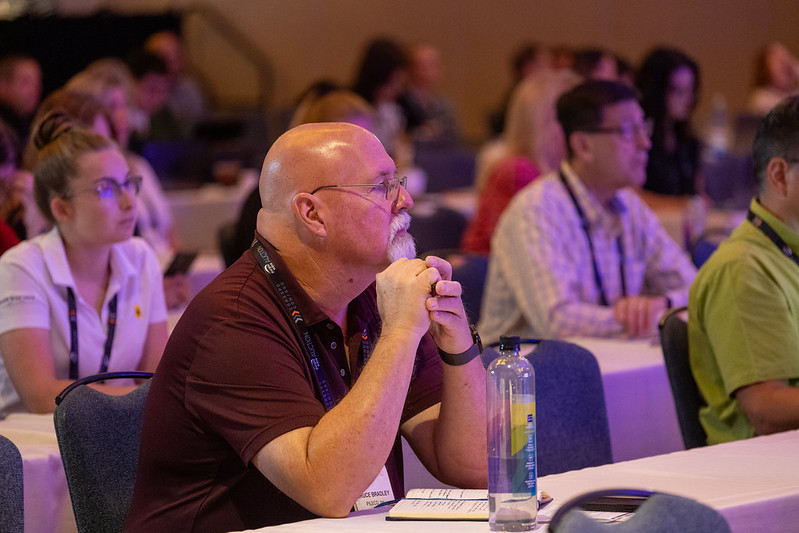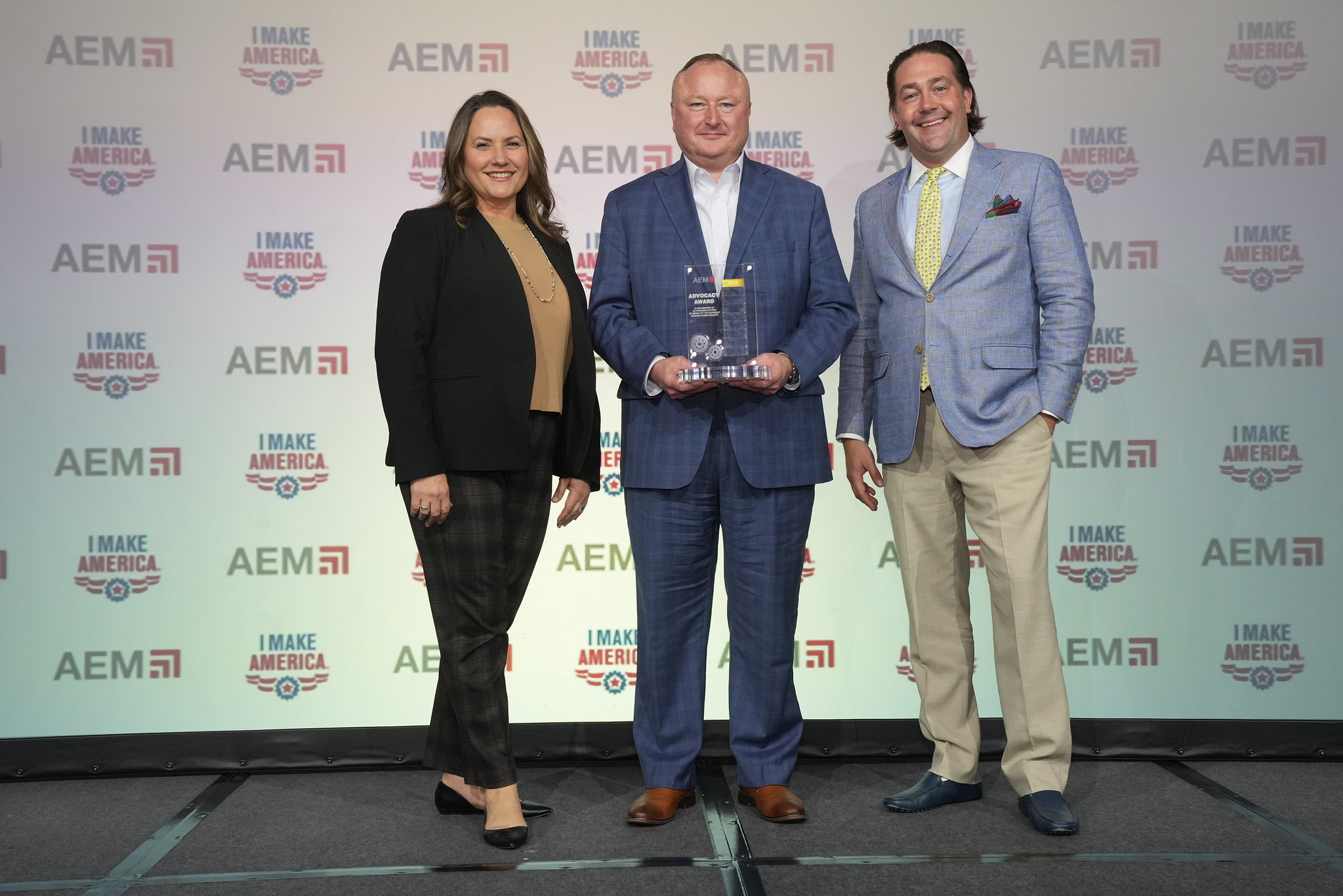By Kate Huskin, AEM Senior Director of Communications
When is a crisis not considered a crisis? The ongoing and evolving COVID-19 pandemic has put organization and corporate leaders in a constant state of crisis management. Just when we think we’ve rounded a corner and things are getting “back to normal” at work, a new variant emerges and we’re almost back to square one.
For communications leaders, this has meant an ongoing and heightened state of crisis communications as they support their organizations. It’s hard to find a positive side to COVID-19 in the workplace, but if I had to pick one, it would be the recognition of the increased value communications and PR teams have on the bottom line. In fact, a recent Benchmark Study Executive Summary by Ragan reports that Comms pros have been called on to develop and distribute the message on new policies that affect internal and external stakeholders alike. Their role has become more vital as they helped keep their organizations focused and moving forward.
At the end of the day, everything is about communicating clearly and effectively to the audiences that matter most to your business. For AEM and our members, our key audiences range from our customers, members, dealers, partners, to suppliers, investors, vendors, staff, future staff, and the public at large. And instead of dusting off that crisis communication planning file when a crisis strikes, which is usually a rare occurrence, communicators are now keeping that file open wide on their screens. We’re working through it almost daily as we navigate through the ongoing demands of day-by-day and week-by-week (perhaps variant-by-variant) needs to develop and send messages to these critical stakeholders.
At AEM we launched into crisis communications mode in January 2020 when we first heard about COVID. This was just three months prior to holding CONEXPO-CON/AGG & IFPE, which ended up being the last large industry event held in the U.S. before the travel shut down, with 130,000-plus construction contractors and industry exhibitors gathering for business in Las Vegas for the March 10-14 show. Timing of the show and our diligent and steadfast crisis leadership team and communications strategy were leading factors that contributed to our ability to host the show successfully and showcase our industry.
Flash forward to now, when we’re still managing through the challenges of COVID and the ongoing need to communicate with our members, our show exhibitors, our vendors, our sister associations, and show attendees. I’m not sure what to call it, but it isn’t quite crisis communications anymore, and it certainly isn’t “back-to-normal” communications.
And throughout these last two years, we’ve seen some priorities rise to the top that hopefully will endure if we ever get back to a “normal” time:
Nurture your ambassadors. – Effective communication happens from the inside out. Your internal team should be your highest priority when it comes to communicating. Not only do you want to express the work you’re doing to keep your employees safe, but you also want them to be aware of the messages you are sending out externally. This requires a constant feeding of information and updates. Employees at all levels are your best ambassadors for your business and they need to hear messages from company leaders frequently and clearly. If they are uncertain about something, then you can bet your customers may be uncertain too. And that’s why at AEM we’ve increased our staff meetings, gatherings (mostly virtually) and internal messaging to lessen uncertainty and improve messaging alignment.
We applaud our member companies that have stepped up in a big way to focus on internal communications during the pandemic. We’ve heard countless success stories of how corporate CEOs committed to daily and weekly all-staff meetings, some held globally, to show support for their teams. And we know these efforts are continuing as the focus on internal communications becomes increasingly important.
Anticipate questions and align with the broader team. – I never knew learning to play chess would help me in my career as a communicator. But thinking three to four steps (or moves) ahead is a critical part of any communications strategy. It isn’t always about what the message should be (which is important), it is more often about how that message makes an impact and what questions it triggers.
At AEM, we work with a broad spectrum of audiences, from c-suite corporate leaders to construction contractors and farmers and everything in-between. What may be an important message for a corporate leader may be less important for an equipment end user who is more concerned about something else. By pulling together a messaging team from a cross-section of our departments, including exhibitions, operations, marketing, membership, communications, public relations, etc., we work collaboratively to determine the right messages that not only allay concerns, but also build confidence and momentum for our next show, event, conference, etc. We prepare FAQs, update messages on our websites, and determine who and how to deliver communications to which audiences. What may have been done in silos previously, is now being coordinated collaboratively.
Be transparent and clear. – It is ok to not have all the answers, but it isn’t ok to avoid the elephant in the room. The uncertainty of COVID has brought about an abundance of missing answers to questions. But the important thing is to be transparent, clear and direct as often as possible. No amount of corporate speak and elevated language can hide a crisis. If you don’t know, then say that. Say it in a direct and clear way and commit to finding the answer and communicating it straight away. When faced with a crisis, it is better to err on the side of too much communication than not enough.
To me, honesty and transparency are one in the same. When used effectively, they build trust and, ultimately, that trust makes it easier for all involved to navigate through a crisis or issue in a positive way.
They say a heightened state of adrenaline makes you stronger. If that is the case, then communications and PR teams around the world are flexing their muscles in preparation for the next challenge. Come on! We got this!
For more AEM staff perspectives, subscribe to the AEM Industry Advisor.





